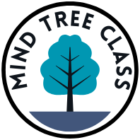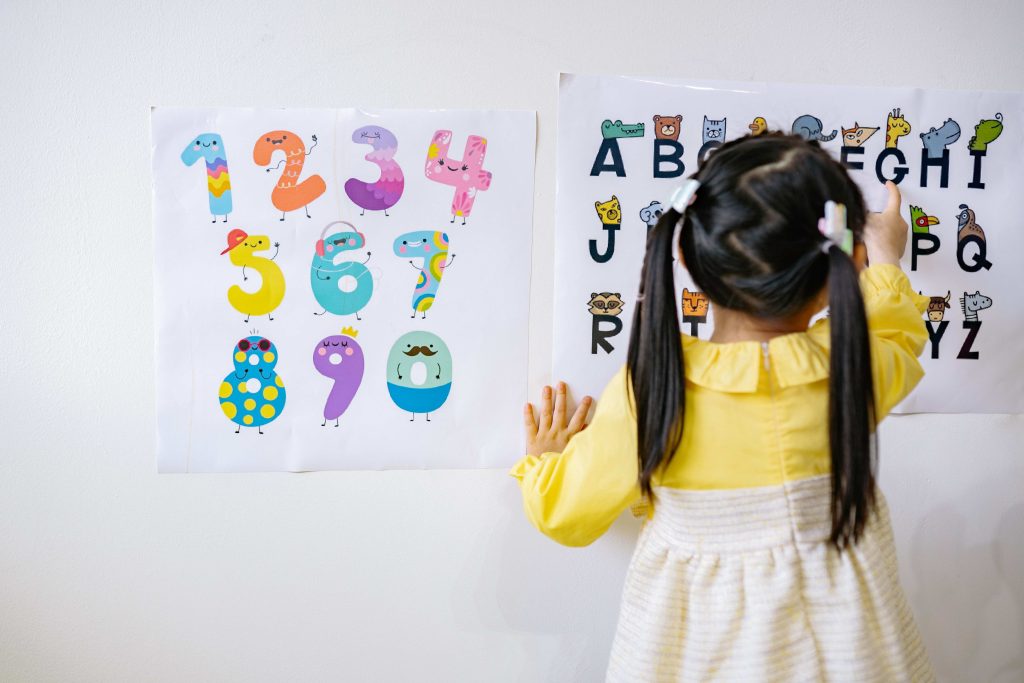What is Dyslexia?
Dyslexia is a common learning difficulty found in children. Dyslexia influences as many as 1 in 5 people and is a genetic difference in an individual ability to learn and process information. As a result, dyslexic individuals have differing abilities, with strengths in creativity, problem-solving, and communication skills. They face difficulties with spelling, reading, and memorizing facts.
The need for special teaching techniques
Students with Dyslexia need special attention, care, and educational materials that match their needs. They also require specialized teaching methods to understand topics better. For that, the primary step is to identify the dyslexic students.
Various kinds of research show the enormous gaps in teachers’ knowledge of Dyslexia today. And our global education system must learn how to fill them. Only 1 in 10 teachers has a good understanding of dyslexic strengths. Over half say their school fails to understand dyslexic challenges. Only half of the schools, districts, or authorities use the term dyslexia. It means 80% of dyslexic children leave school unidentified.
Special Educational Need (SEN) & Dyslexia
Dyslexia is common, accounting for 80% of Special Educational Needs. And we know the teaching strategies that help dyslexic learners help ALL learners. So, by training all teachers to use evidence-based methods that work for Dyslexia, we can transform educational outcomes for
all.
The New York Model and Dyslexia
Without a doubt, some educational systems are making rapid progress. New York City is certainly the best example. This year, New York trained every single teacher to spot and support every dyslexic child. They recognized that the city’s schools should be nurturing the creative, innovative Dyslexic Thinkers who are fundamental to building its future. That was the initiative of the Mayor of New York, Eric Adams (himself dyslexic, by the way).
Multi-sensory teaching methods in SPED
Basically, the multi-sensory approach to a topic might include visual, auditory, and kinetic exercises often turned into games, the more colorful and noisier, the better. Applied across mixed-ability groups, a multi-sensory approach is proven to help all learners, even those without a learning difficulty.
For example, these rainbow arcs are a classic multi-sensory tool to teach students with Dyslexia, these worksheets for the hands-on reading experience, board games to practice red words, or these hands-on mats to learn alphabet letters.
Let us look into some multi-sensory techniques used:
Graphene cards
The first one is simply taking graphene cards and tapping under them, saying the sound, and then blending them. Two cards are used, for example, for the ball, we use a card of b alone the next card will be all. They read two cards separately and combine them.
Finger tapping
It is a simple and effective method that doesn’t need any equipment, just the fingers! It works well when students learn how to pronounce the words. At any rate, the main advantage of this method is that it reduces the block between pronouncing words, and sounds are counted on fingers giving them confidence.
The key features of this multi-sensory method:
● Done on the non-dominant hand
● Each sound gets one tap
● Go back around if you need more fingers to tap on
● When spelling sounds created by more than one letter, you can tap for each letter on
the same finger or once for all the letters together
● Only finger tap and spell one syllable at a time
Whiteboard blending
Similarly, another technique is blending on the whiteboard. We can ask students to combine a word either by phoneme or syllable. It is easier to use the whiteboard versus going through the cards. Students tap under each one and save the sound and then blend it.
Sentence detection
Another multi-sensory technique we use to sentence dictation is a magnet representing each word in the sentence that they need to then write on their paper. So, this helps them to remember how many words there are, and then we have color cueing. Start the sentence with green and end with red. Green is for capital letters, and red is for punctuation. In this way, students learn to know where to start a sentence and where to end a sentence.
To sum up dyslexia and multi-sensory approach
We have only discussed the four basic multi-sensory methods for teaching students with learning difficulties. Therefore, there are many methods out there, and more new techniques are being invented nowadays with the help of technology. Undoubtedly, the need for this multi-sensory approach is to make sure that no child is behind in our education system.
In any case, you can also read a few more articles about Dyslexia Fonts and Orton-Gillingham red words worksheets.


